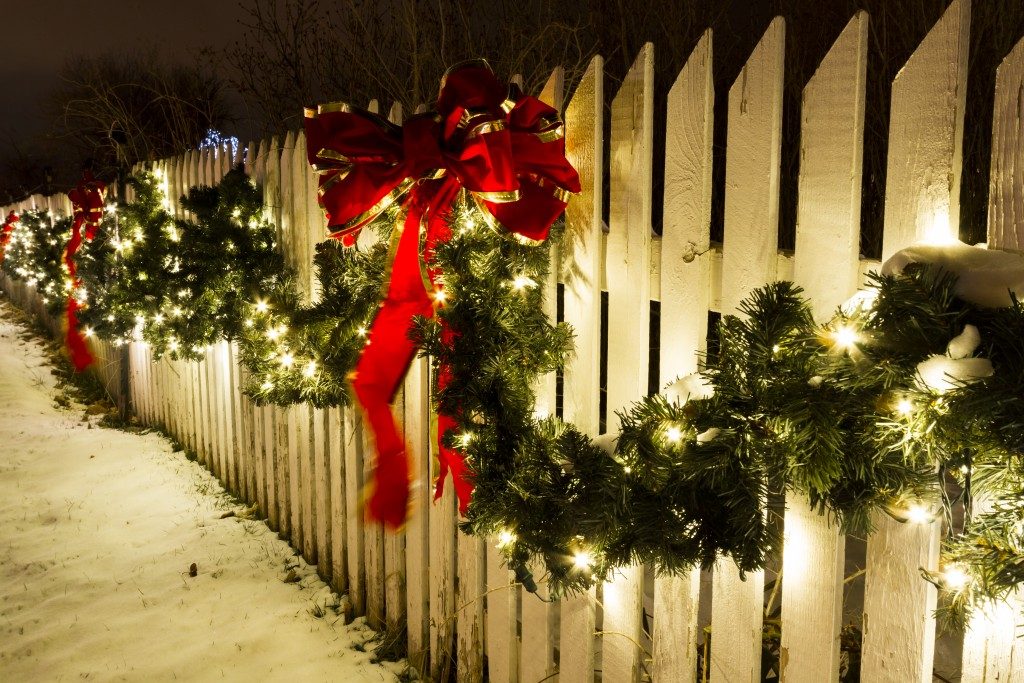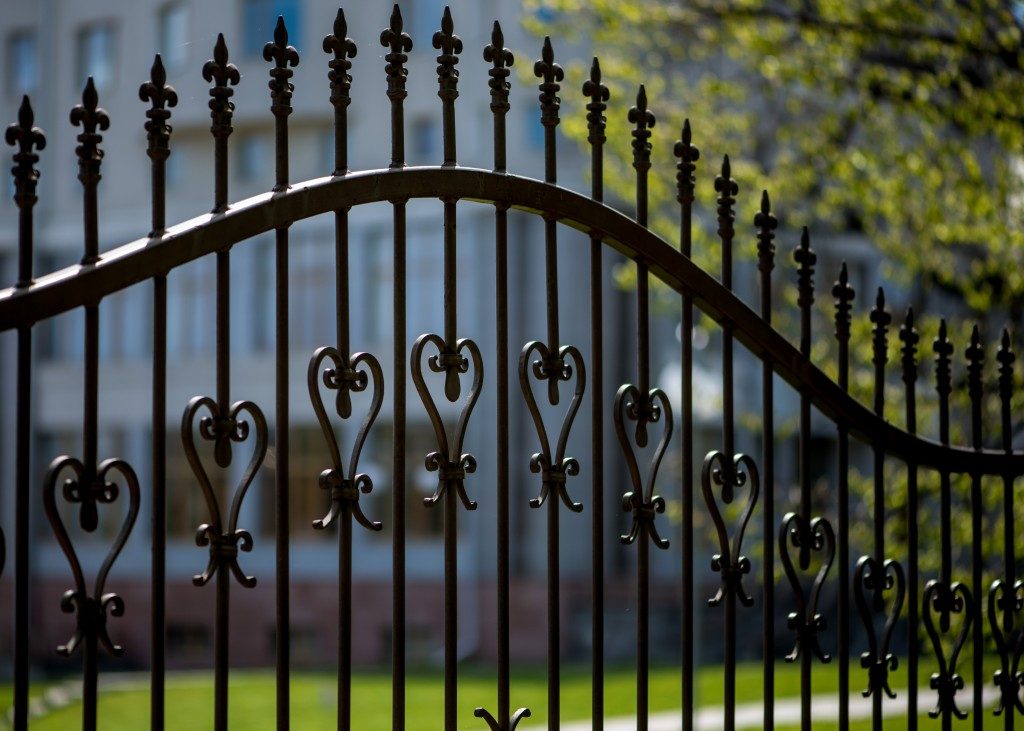Fencing has served a variety of purposes over the years and is an integral part of any well-established household or property. Aside from keeping people out, it can also keep things like children and pets inside, be a suitable fixture on your property, and generally demarcate where your land begins.
But if you’ve ever thought about the kinds of fencing that you can use for your property, it might be a little more complicated than coming up with reasons as to why they’re needed. Depending on the size of your land, the budget that you have, the purpose of the fence, and even where you’re getting it sourced can all be potential considerations as to what kind of fence you’ll eventually go for.
There are two common kinds of fencing that you can use: wooden or metal fencing panels. Here’s a brief primer on why you should (or shouldn’t) be using them.
Metal fencing
Obviously, metal fencing is more durable, flexible, and secure than wood. It’s a material that can be easily shaped and molded to whatever purpose it needs to serve and has been a constant in modern construction ever since the industrial rise of metals and alloys.
However, it’s also somewhat expensive to manufacture in comparison to wood. Metal fencing can be bought ready-made from shops, but these are often few and far in between, and mostly serve as decorative dividers. For actual fencing, you’re going to need the services of a contractor most likely, and they don’t come for cheap, especially given the length of the property you may want to fence off.
The simple answer is only to consider metal fencing if your property happens to need some strong divider from the outside world — if you’re keeping valuables inside, for instance. For the best results, it’s possible to combine brick-and-mortar walls with metal fencing for added strength and security.
Wooden fencing

On the other hand, wooden fences are more easily sourced, have aesthetic appeal, and can be easily set up and taken down if needed. The variety of wood can also serve different purposes and finishes giving any property a rustic, elegant touch.
It is a little weaker than metal when it comes to structural stability (barring certain kinds of wood that have either been aged or treated specifically) and can be prone to damage like termites and fire. And while it can certainly give any area a wooden, natural vibe, it could clash horribly with some modern designs that populate today’s architecture.
Overall, it’s best to use wood if you’re certain that its inclusion in your property is something it can weather (both literally and metaphorically.) Applied correctly, there are definite advantages to using wooden fencing over metal, but it’s important to keep in mind that skillful application is required.
<p”>If you happen to be unsure of which you should go with, it’s always best to consult your contractor or landscaping artist for tips. They can give you advice and recommendations that are tailored to your property, and can even help set up your new fencing.

